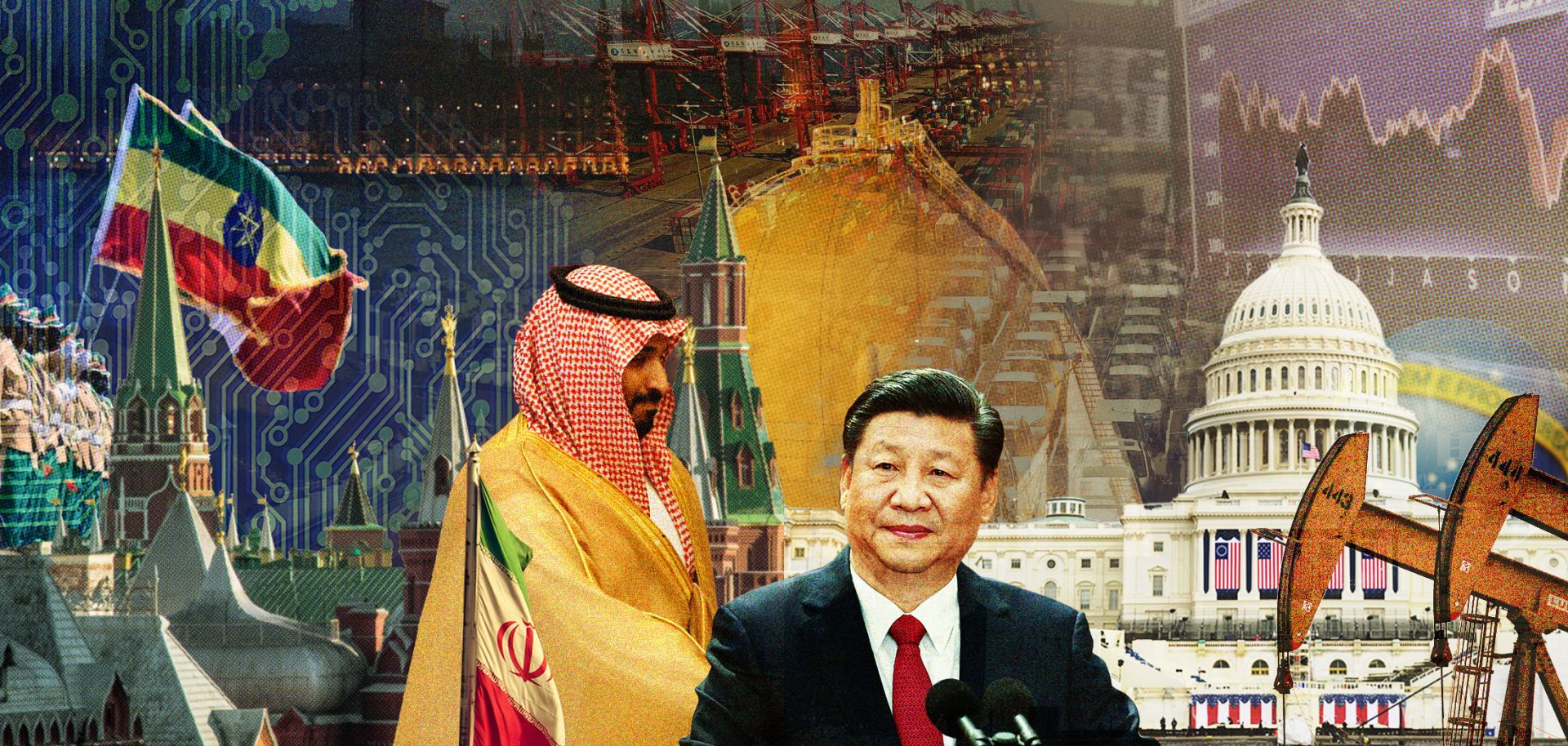ANNUAL FORECASTS
2019 Annual Forecast
Dec 3, 2018 | 01:09 GMT

A new global dynamic creates a massive headache for middle powers and globally exposed businesses attempting to navigate an increasingly complex international landscape.
(MANJUNATH KIRAN/SPENCER PLATT/DANIEL LEAL-OLIVAS/MLADEN ANTONOV/JUSTIN SULLIVAN/ISSEI KATO/DAVID MCNEW/IGO ESTRELA/STR/AFP/Gett
Overview
Great power competition is only set to intensify in 2019 and Stratfor's Annual Forecast outlines the critical issues for the coming year. ...
Subscribe Now
SubscribeAlready have an account?
